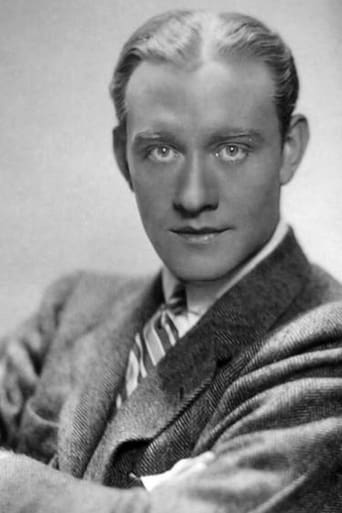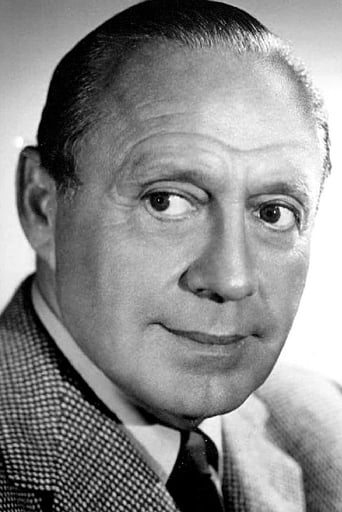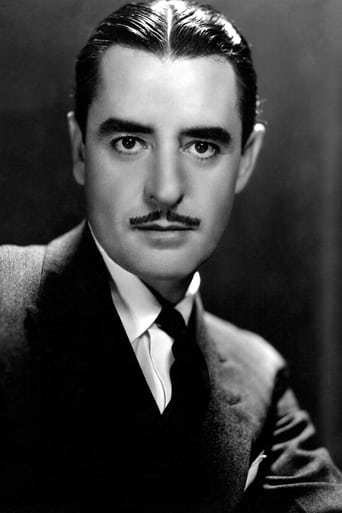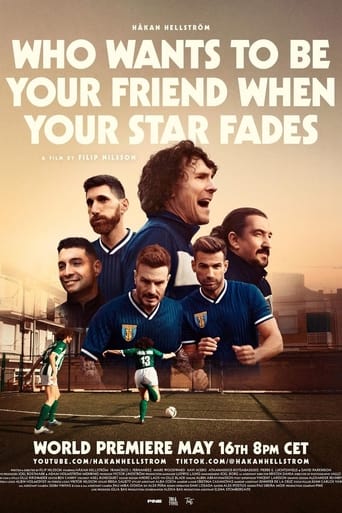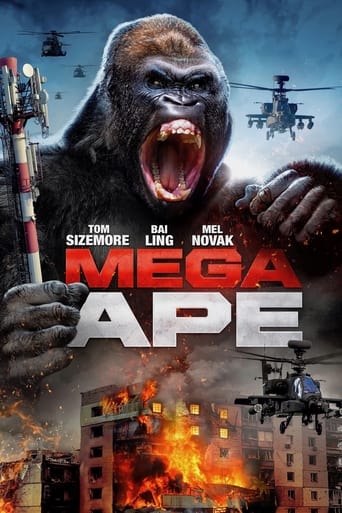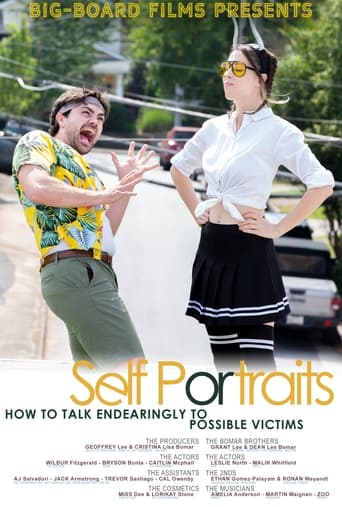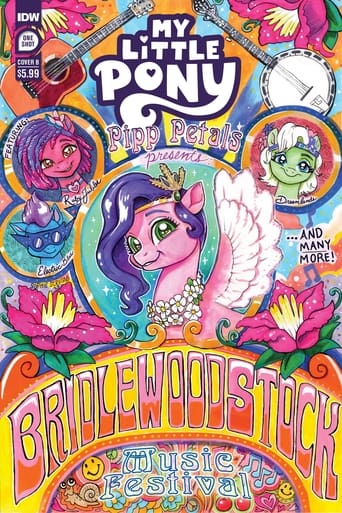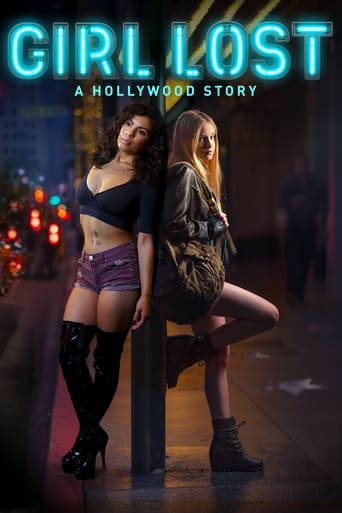

The Hollywood Revue of 1929 (1929)
An all-star revue featuring MGM contract players.
Watch Trailer
Cast


Similar titles
Reviews
What a crass attempt by "the studio with more stars than the heavens" to try and blind you with them in this ill conceived, poorly mounted musical comedy review in which our headliners could used a lot more rehearsal time. In no particular order MGM major stars Joan Crawford, Norma Shearer, John Gilbert, Laurel and Hardy, Buster Keaton and an uncomfortable looking Marie Dressler fumble their way through this ill conceived all star variety show featuring both Hollywood stalwarts and Broadway players clumsily handled by co masters of ceremony Conrad Nagel, who gets to show off his rusty pipes and Jack Benny, who delivers more misses than hits. It is all a rather sloppy affair poorly edited and paced as comedy routines go lame and large dance numbers look more like stampedes than chorus numbers.There are also a couple of early Technicolor scenes, one featuring a shrill Shearer as an over aged Juliet and John Gilbert's billy goat voiced Romeo in a scene directed by Lionel Barrymore that is near painful to endure. Revue is not a complete disaster with Ukelele Ike introducing Singing in the Rain to movie audiences, Natova and Company providing a spirited dance number, Bessie Love being dangerously tossed about the stage in a piece of slapstick, and Marion Davies being the only star not embarrassing herself on stage. There is also a provocative large dance scene among the hoofers with the girls white and the guys in black face with the scene changing from print to negative to re-enforce the contrast. I doubt very much this scene got past censors down South.Hollywood was still struggling with sound around the time of Revue and it is evident in many scenes but with jokes falling flat, the lack of cohesion in scene transition as well as dance numbers this musical comedy show remains off key from end to end.
Every MGM star but Garbo got an opportunity to display hidden talents in Mr. Mayer's answer to the need of musical revues at the beginning of the sound era. Like Warner Brothers' "Show of Shows", Fox's "Movie Tone Follies", Universal's "King of Jazz" and "Paramount on Parade", this is filled with lavish songs and dances, dramatic scenes from plays, and a mixed bag of comedy routines. This one came first, however, and introduced the Nacio Herb Brown/Arthur Freed standard, "Singin' in the Rain", here performed by Cliff "Ukeilele Ike" Edwards ("Pinocchio's" Jimminy Cricket) and later reprised in a large Noah's Ark setting with the entire cast (including a parasol twirling Marie Dressler) in the finale.Joan Crawford gets a hot dance number, showing what she had done in silent movies, and would get only a few chances to do in the remainder of her long career. The fabulous Dressler is hysterically funny in the big "For I'm the Queen" number and also performs an underwater ballet long before MGM signed Esther Williams to contract. Eight years before playing Juliet in MGM's lavish full-length version of "Romeo and Juliet", Norma Shearer got to do the balcony sequence here, with a helium voiced John Gilbert. A spoof of the horror genre, "Lon Chaney's Gonna Get You If You Don't Watch Out", is another highlight. Overall, it is a historically important film that may seem creaky at times, but has many enjoyable factors.
Just love the introduction and just love Joan Crawford no matter what unkind people say about her turn!! The person who did come off well was co-host Conrad Nagel. He had been in silent films but possessed a beautiful speaking voice and 1929-1931 were his busiest years. He often felt that he was put into so many films that he wore out his "talkie" welcome. In this movie he not only came across as relaxed in front of the camera but when he had to sing a duet with the beautiful Anita Page ("You Were Meant For Me") he pulled that off as well. The hosts were an uneasy blending of stage, screen and radio - I thought Jack Benny came off pretty good with his dry humor. Charles King (from the stage) was a personal favourite of L.B. Mayer, who had seen him in the Broadway show "Hit the Deck" and thought he would be a wonderful edition to MGM's new talking line up. At the time of this movie he had just scored a triumph in "The Broadway Melody" but his acting was wooden, his singing thin and reedy and his personality too lack lustre to make a big impression. He was given the very bland "Your Mother and Mine" and came back at the end for a Technicolor ballet featuring the Albertina Rasch Dancers and singing "Orange Blossom Time", which featured some overhead camera work.In it's day the movie was considered a big event - important enough to be nominated for a Best Picture Academy Award and was a huge success as people flocked to see all their favourite stars talk in the same movie. I just love early musicals with a passion but this one I thought heavy going. It was so long and in the middle there was even a 5 minute segment showing the orchestra warming up for an overture and because the movie was filmed with a head on camera, it meant that the band was shown along the bottom of the screen with a full view of the velvet curtains. At the time though critics went giddy with enthusiasm - "Everyone of it's sketches leaves one hungry for more" praised Mordaunt Hall of The New York Times, in a typical review of the day.I did like Joan Crawford - she was fresh faced, natural and didn't seem nervous (except when she had to slide up on the piano at the end). She had a nice low sounding voice, she sang "Gotta Feelin' For You" accompanied by the Biltmore Trio, then launched into a zany charleston/tap dance. After reading about different studio's revue movies and the treatment and rehearsal the stars received, it wouldn't surprise me it poor Joan had to make up her dance as she went along!! I also loved Ukelele Ike (he was the main reason I wanted to see this movie) and he didn't disappoint. He initially came on in a minstrel segment singing "Nobody But You" accompanied on the uke by three rows of snappy chorines (Ann Dvorak can be seen throughout the movie) and of course the wonderful "Singin' in the Rain" (the lilting Brox Sisters sang a verse as well). The finale was absolutely fabulous with the dancers all in raincoats tapping in the rain. Another segment I really liked was the "Tableux of Jewels" and an acrobatic Russian style dance performed by (I think) Natova and company. The surprisingly agile girl was flung about and held up in one hand while she performed pirouettes etc. Another star who I thought gave it her all was Bessie Love coming over with the same personality she had displayed as "Hank" in "The Broadway Melody" - peppy and full of beans. Her song "I Never Knew I Could Do a Thing Like That" didn't give her much of a chance to sing, it was a novelty number where she was relating all the things she had been asked to do in the movies - including a furious acrobatic routine with several chorus boys!!
Hollywood Revue of 1929, The (1929) ** (out of 4) Film buffs might eat up the chance at seeing some of MGM's biggest stars but even lovers of cinema will have a hard time taking this film in one long (116-minutes) dose. What we basically have here is a major studio wanting to show off their major talent and in some cases having this major talent look extremely bad by doing stuff we normally wouldn't expect to see them doing. Case in point, Joan Crawford who has to sing and let's just be kind and say that this wasn't her calling in life or at least one the day this scene was filmed. Jack Benny, John Gilbert, Conrad Nagel, Buster Keaton, Laurel and Hardy, Bessie Love, Marion Davies, Marie Dressler, Norma Shearer and Lionel Barrymore are among the A-list talent that show up here and the end results are mixed at best. A prime example of this would be Gilbert and Shearer doing a scene from Romeo and Juliet, which is followed by them talking and having fun "out of character" when Barrymore comes up to them with a few comments. On one hand, the acting in the R&J scene is pretty bad as neither actor appears to be taking it too seriously. The "out of character" stuff is mildly entertaining but what really makes this scene special is the fact that it was shot in 2-strip Technicolor. Most of the vaudeville like acts are poorly directed and executed and this includes the Laurel and Hardy bit, which comes off pretty badly without a single laugh to be found. The majority of the stars just show up for brief bits and none of them are all that memorable unless they're of the embarrassing kid (like Crawford). The biggest problem is that the film has a very slow pacing and it doesn't help that the thing runs nearly two hours and apparently it was even longer but many of these segments are now lost. So, on one hand it's rather nice seeing all of these legends but one can only wish that the film was better than it is. It's very hard to get through the entire thing and in the end this here is certainly for film buffs only.


